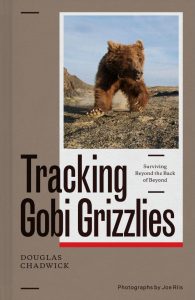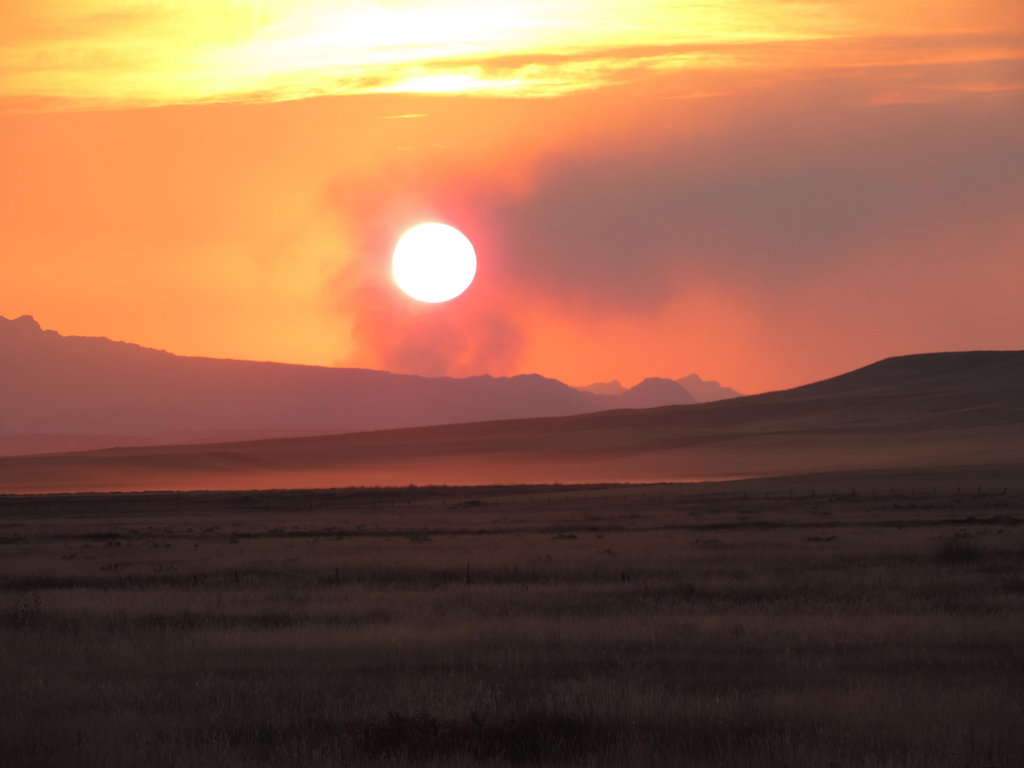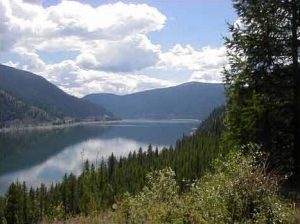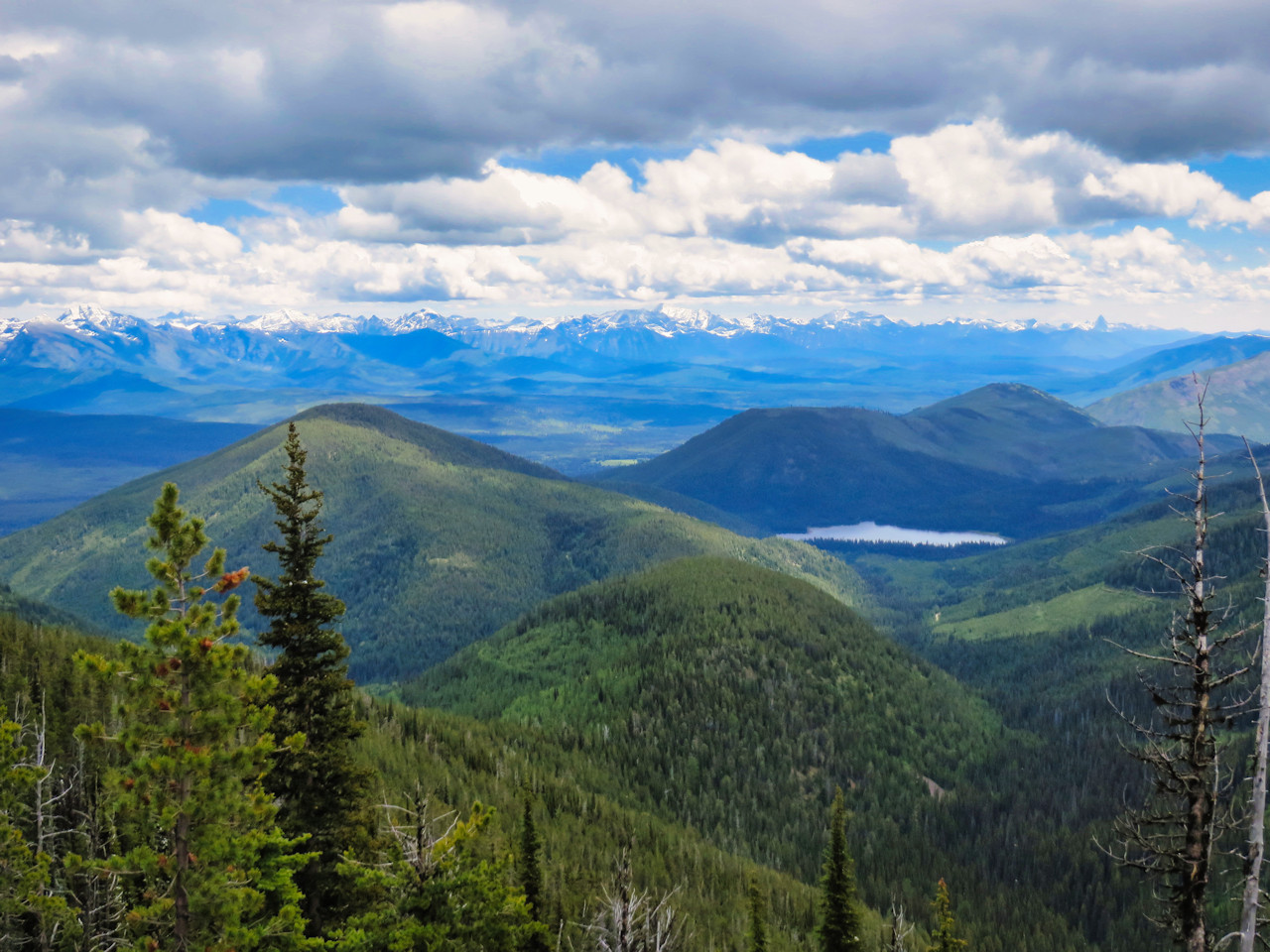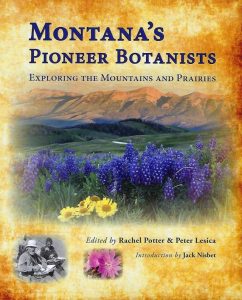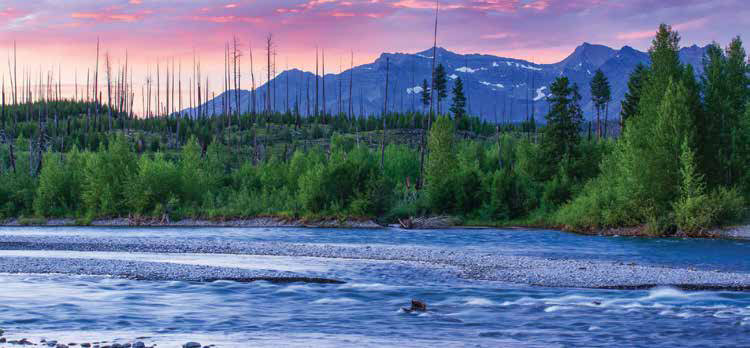NFPA President Debo Powers had this op-ed published in the Hungry Horse News recently…
I was too busy working as a volunteer fire lookout this summer to immediately respond to the outrageous and opportunistic comments made by Senator Daines, Congressman Gianforte, Secretary Zinke, and Secretary Perdue at the Lolo Fire. To use a time when many Montanans were evacuating their homes, firefighters were risking their lives, and all of us were tired of breathing smoke to start a “blame game” and push a political agenda was insensitive and unethical.
This has been one of the hottest, driest summers we’ve ever had and everything wanted to burn … whether it was grassland or former timber plots or old growth forest … everything wanted to burn. And given a spark, it did just that.
Land managers have been working diligently for a decade on thinning and fire mitigation projects on public lands that are adjacent to private land. These projects have been very helpful, but in a drought like this one, nothing will stop wildfire. Our leaders need to, not only be supportive of land management projects, but also be looking for solutions to the bigger, more complex, problem.
The fact is that our fire seasons are longer, drier, and hotter than ever before. Ninety-seven percent of our scientists say that this is the result of our over-consumption of fossil fuels which produce more greenhouse gases than the natural world can handle. The planet is getting hotter at a faster rate than can be explained by natural cycles. We are now seeing the results in horrific fire seasons. Rather than playing the unproductive “blame game,” real leaders should be working together, pushing for real solutions to address this complicated problem, like renewable energy and decreasing the use of fossil fuels.
Debo Powers
